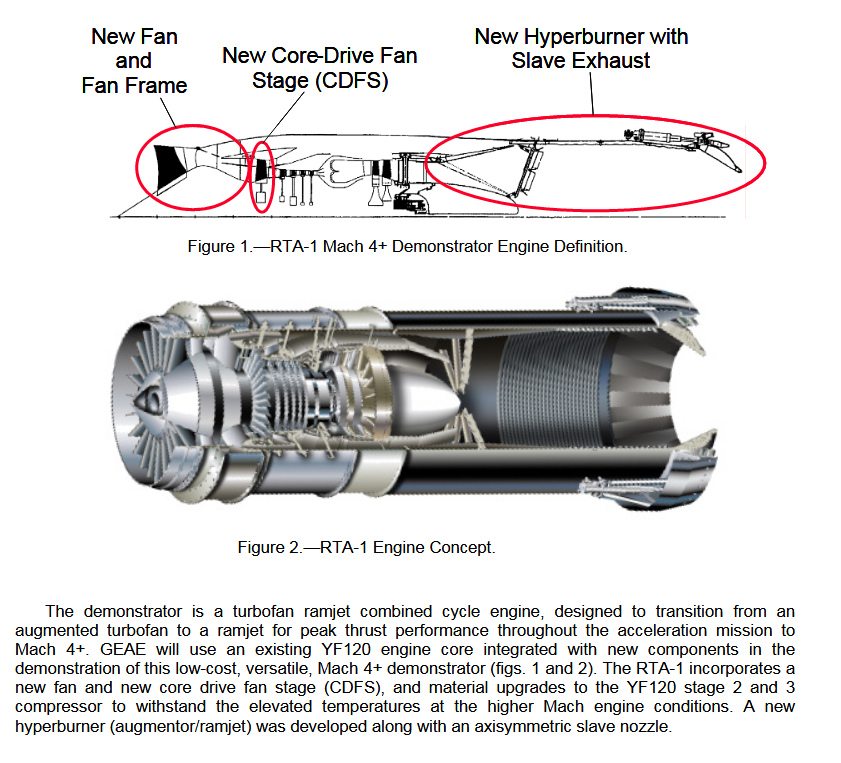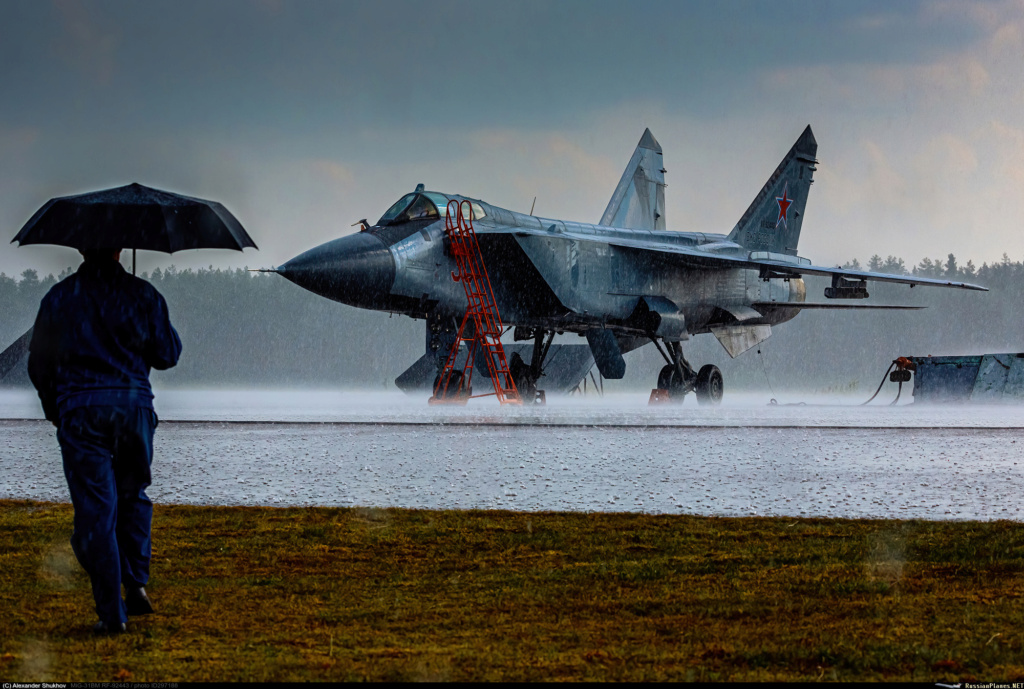 d_taddei2 Sun Nov 28, 2021 3:44 pm
d_taddei2 Sun Nov 28, 2021 3:44 pm
Article on the subject. Key points below.
"The country is now carrying out trials of the upgraded MiG-31 fighter-interceptor with a fly-by-wire control system, managers of the Sokol Aircraft Plant told Deputy Defense Minister Alexei Krivoruchko during his visit to the facility on November 25
Krivoruchko inspected the unit’s production capacities and checked the pace of work on repairing and upgrading MiG-31 fighters. He also held a meeting on completing the defense procurement plan, as part of his working trip to the Volga area.
“There is an option of upgrading this aircraft where we switch from the mechanical to the fly-by-wire control system, which yields a host of computers mounted on the plane,” said Sokol Aviation Enterprise
The fighter’s onboard equipment will be totally replaced; the combat plane will also be examined for flaws in order to replace corrosion portions that could account for 15 to 50 percent of the total weight. The fighter’s canopy, as well as all of the wiring and rubber parts, will be entirely overhauled.
Sokol’s main duty now is to carry out substantial repairs on the MiG-31 fighter-interceptor, as well as a heavy upgrade to the MiG-31BM level, which has been a work in process since 2007.
One of the most potent variants of the MiG-31 is the MiG-31BM. It is a multifunctional long-range fighter aircraft with high speed and the ability to kill both air and ground targets.
Upgraded avionics, hands-on-throttle-and-stick (HOTAS) controls, liquid-crystal color multifunction displays (MFDs), a robust on-board computer system, digital data linkages, and phased array radar are all included in the variant. It has the capability of intercepting 24 targets at once.
The MiG-31 is equipped with four long-range Vympel R-33E air-to-air missiles. The R-33 can be launched in inertial navigation mode to shoot at the target from a long distance.
For initial acquisition and mid-course updates, it can be directed in semi-active radar homing (SARH) mode. The Cold War-era warplane was designed to take out huge, fast targets like the American SR-71 Blackbird, B-1 Lancer bomber, and B-52 Stratofortress.
The aircraft is also equipped with four short-range R-60MK missiles and two Bisnovat R-40TD1 medium-range missiles. A six-barrel 30mm internal cannon (Ghs-6-23M) is installed above the starboard main landing gear bay of the aircraft. The cannon contain 800 rounds of ammunition and can fire at a rate of over 10,000 rounds a minute.
MiG-31BM can accommodate the AA-12 Adder missile and various Russian air-to-ground missiles (AGMs) such as the AS-17 Krypton anti-radiation missile (ARM).
The combat efficiency of MiG-31 fighter-interceptors will increase threefold following substantial repairs and upgrades, claims Sokol.
“Meanwhile, the upgrade, in which the onboard radio-electronic equipment is fully replaced with advanced technology envisages using the latest air-launched weapons, which will boost the plane’s combat efficiency by about three times,” the Sokol management said.
New variants of the Foxhound, according to Aleksandr Osokin, head designer at the Sokol Aircraft Plant, where MiG-31s are repaired, are around 2.6 times as capable as the original Cold War-era planes.
The aircraft were meant to intercept not just all types of enemy aircraft, from bombers and observation planes to fighters and airborne early warning jets, but also missiles, with the aircraft being particularly capable of intercepting low-altitude cruise missiles.
Now with the latest upgrade, the capability is expected to rise manifold. The fly-by-wire systems are computer-controlled. The “hands-on” design allows pilots to get a clear, tactile sense of how the aircraft handles aerodynamic forces as it flies. This will enhance the combat power by restricting the number of manual controls that the pilot otherwise has to perform.
https://eurasiantimes.com/russia-ground-breaking-mig-31-fighter-interceptor-aircraft-modified/?amp




 stuff sent to talking bollocks thread in general chat section.
stuff sent to talking bollocks thread in general chat section.


 franco
franco

